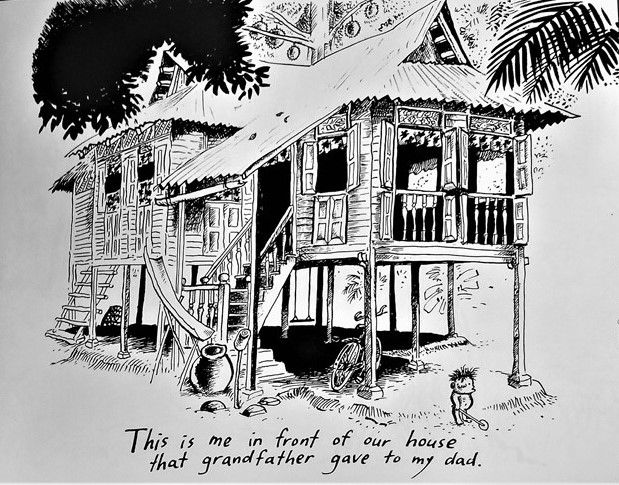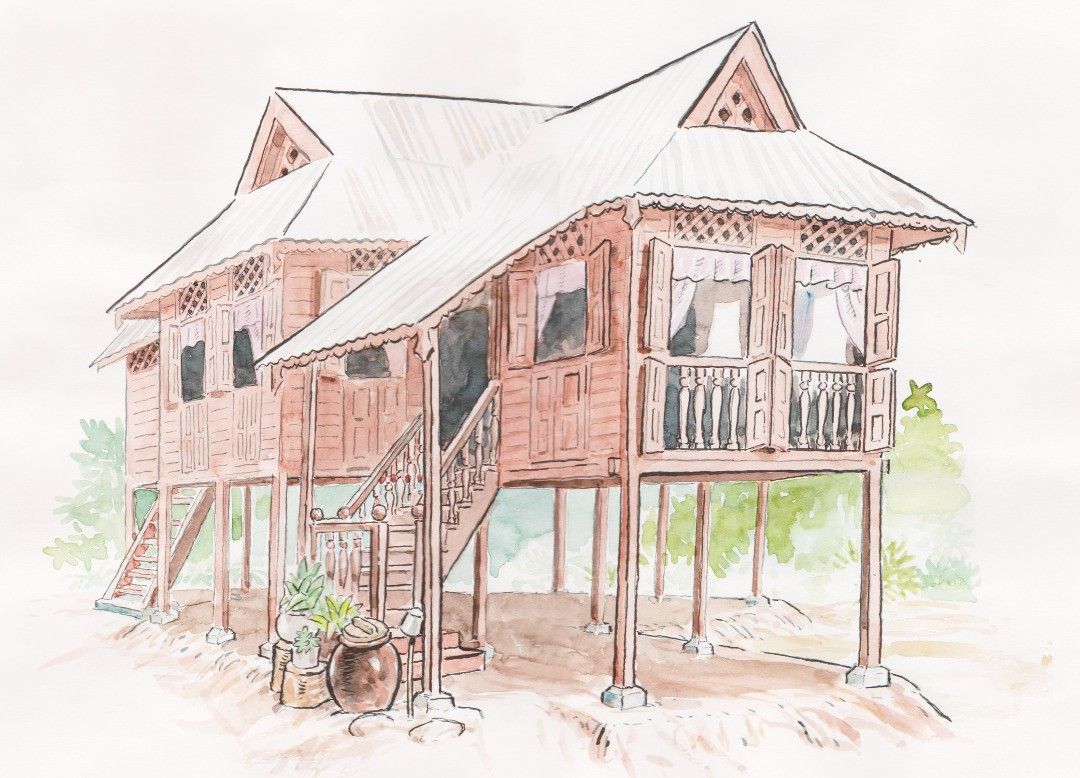Award-winning cartoonist Dato' Mohammad Nor Khalid, better known as Lat, unravels the art of authentic storytelling while sharing his fondest memories of 'kampung' life
With the air of a man still in awe of his success, Lat pauses a moment before reflecting on his local and international accolades, and a prolific career spanning over five decades.
"All the way from Malaysia to Japan and India, Canada and America, people from abroad have given me recognition and honoured me with awards and invitations to give talks on comics and art—I even went to Capitol Hill, all because of cartoons," he smiles, betraying some likeness to the bushy-haired, grinning Mat caricature of his world-renowned Lat comics.
"It's a great honour, and I’m very thankful. But it's heartening to see that people in Malaysia seem to remember my work well even today, though I’ve stopped drawing for the newspapers for so long now. They still look for my books and view my cartoons on the internet. The Kampung Boy has come a long way, eh?" he enthuses, referring not to himself, but to the 1979 book that launched him into global acclaim.
Kampung Boy has since been translated into 14 languages around the world, circulated at the Frankfurt Book Fair, adapted into a TV series, and acclaimed by fans that include Matt Groening, creator of The Simpsons.
See also: Award-Winning Novelist Tan Twan Eng On How To Write A Bestseller

Born Mohammad Nor Khalid in 1951 in Kota Bharu, Perak, Lat's vivid recollections of close-knit, communal life in the kampung (village) fuelled his formative years, as did the constant travelling across different states in Malaysia, largely due to his father's job as a clerk in the army. In school, these experiences and observations became the subjects of sketches that he would produce in art class.
"I was no good in arithmetic and I was no good at science," he quips. "But in primary school, I was crazy about language and imaginative composition in both English and Malay. In art class, I remember something I drew over and over again for years because I liked the subject: kampung kids running after a loose kite, running to and fro among the trees, and not looking where they were going."
More: Meet Erica Eng, The 21-Year-Old Malaysian Artist Who Won An Eisner Award




